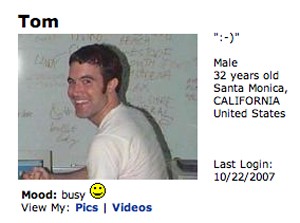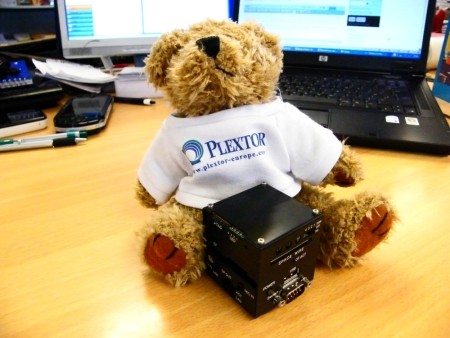
[Jonathan Zdziarski], a data forensics expert and iPhone hacker, will demonstrate in a live O’Reilly webcast on September 11, 2008, how to bypass the iPhone passcode lock security. Although the presentation is targeted towards law enforcement, it will probably viewed by a lot of hackers and geeks, who could use the information for good or evil. It also doesn’t strike us as very good security if the iPhone passcode is easily bypassed. Then what’s the point of having one?
[via Gizmodo]















